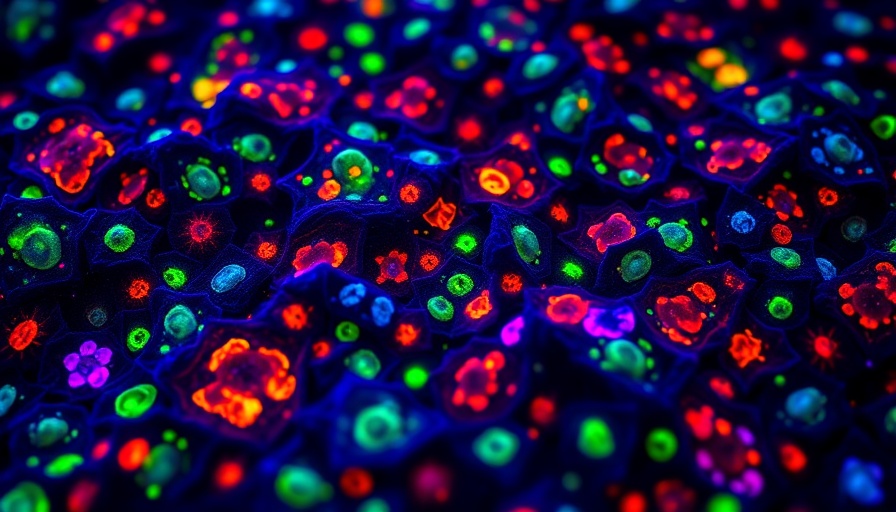
Understanding Chickadees and Their Brain Function
The black-capped chickadee, a bird famed for its remarkable intelligence, delineates the intricate landscape of avian cognition, particularly through its capacities for navigation and memory. A recent study in Nature sheds light on how these birds utilize their hippocampus, a brain region pivotal for memory and spatial awareness, in extraordinary ways. While it’s known that chickadees cache extensive amounts of food, this study demonstrates that their hippocampal place cells activate even when they survey their hidden food from a distance.
The Role of the Hippocampus in Navigation
The hippocampus' role in navigation is extensive, enabling creatures from birds to humans to process complex spatial information. The fascinating aspect revealed by the study is how chickadees can form mental representations of places they are not physically visiting. According to Nick Turk-Browne, a psychology professor, the ability to mix visual information with spatial awareness allows birds to effectively navigate their environments. This profound insight emphasizes the hippocampal function not only for immediate perceptions but also for abstract, future-oriented concepts of space.
Eye Movement and Navigation Strategies in Chickadees
One unique characteristic of chickadees is their minimal eye movement paired with head motion. This trait facilitates a clear analysis of their gaze and its distinct contributions to hippocampal function. The research found that, unlike many other animals which require stationary observation for eye tracking, chickadees provide a model that allows for exploring how visual information and memory interact dynamically. As explained by study investigator Hannah Payne, when these birds survey their surroundings, they reflect a simulation of human navigation behaviors—looking around, grasping spatial contexts, and planning their next movements before embarking on a path.
Comparing Chickadees to Human Navigation Behaviors
This study invites a fascinating comparison to human behavior. Much like how an individual might stop to gather their bearings when emerging from a subway station in a bustling city, chickadees exhibit a similar strategy within their environments—by pausing to process visual cues in their surroundings before making informed decisions.
Implications for Broader Research
The implications of this research extend beyond the chickadees themselves, paving the way for future studies centered on cognitive functions in other animals, including humans. As Turk-Browne highlights, these findings could apply to memory construction in broader contexts, implicating how we engage with our environments. The exploration of how different species process spatial information possesses the potential to deepen our understanding of neurological functions.
Future Insights and Predictions
As research in this domain continues to expand, we anticipate deeper insights into the interconnectedness of perception and memory. The possibility that similar mechanisms exist within human brain function could reveal far-reaching implications for psychological science, particularly concerning memory retention and recall. More studies could lead to significant advancements in understanding cognitive disorders, navigation challenges in varied environments, and improving memory-related therapies.
Conclusion: Why This Matters
Understanding how species like the chickadee navigate their world enhances our grasp of cognitive functions across the animal kingdom. The implications of this research serve not just to illuminate avian behavior, but also to bridge gaps in our comprehension of memory and cognition in humans. As we expand our horizons regarding animal intelligence, we enhance our own perspectives on navigation, memory, and the fundamental interactions of the brain.
Take Action: Engage with local wildlife or birds in your area. By observing their behaviors, you may gain firsthand insights into these remarkable avian navigators and appreciate the complex systems at work in their brains.
 Add Row
Add Row 

 Add
Add 


Write A Comment